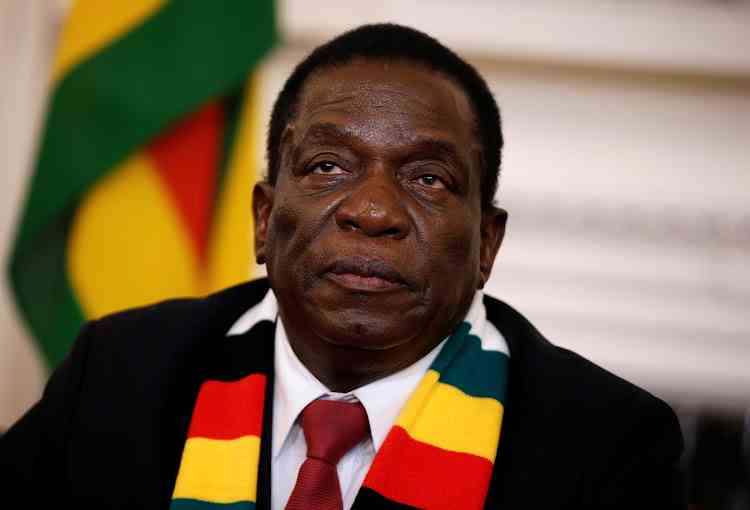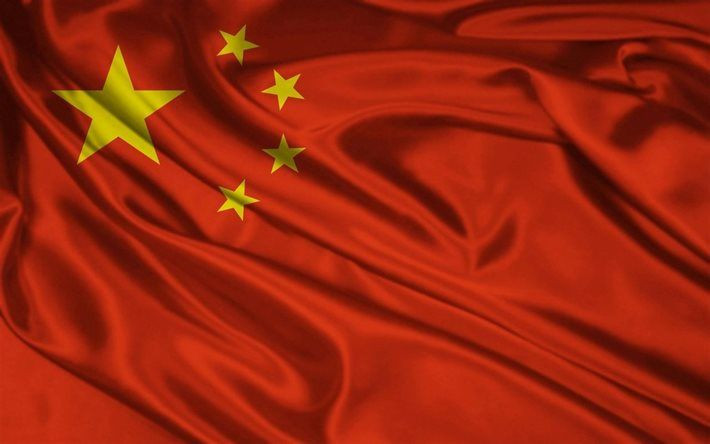
By Noble Chinhanu
THE freedom to demonstrate and petition is vitally important and a critical in a functional democracy.
It is a way in which the public voices their dissent against issues affecting them to the authorities and is kith and kin with other constitutionally guaranteed freedoms of assembly and association as well as freedoms of conscience and expression.
The Constitutional Court held in the matter of Democratic Assembly for Restoration and Empowerment and 3 Others v Saunyama NO and 3 Others (CCZ 9/18, Civil Appeal No CCZ 5/18) (2018) ZWCC 9(17 October 2018) the following:
“Protests and mass gatherings remain one of the most vivid ways of the public coming together to express an opinion in support of or in opposition to a position. Long after demonstrations and long after the faces of the demonstrators are forgotten, the messages and the purposes of demonstrations remain as a reminder of public outrage at, or condemnation or support of an issue or policy. Demonstrations have thus become a public platform of public engagement and a medium of communication on issues of a public nature in open societies based on justice and freedom”.
Also, in the case of Munhumeso and Others 1994(1) ZLR 49(S), the Supreme Court went to great lengths in emphasising that public assemblies and protests are a highly effective method of bringing grievances to the attention of the authorities and seeking redress for harms. However, it was also held in that case that there was a need to reconcile this vital right with the duty of the State to maintain public order and security.
This fine balance between the rights of persons and the duties of the State is to be analysed against the backdrop of the COVID-19 pandemic which has changed societal relations by curtailing freedoms of assembly and association. In essence, what is to be analysed is the manner and extent to which the freedom to demonstrate and petition has been limited by the restrictions imposed under the Public Health Act. In other words, can persons still exercise this right and in what manner and to what extent during the COVID-19 prevailing regulations?
There are various forms of demonstrating and petitioning. Demonstration and petitioning tactics include marches (processions), boycotts, (this can be a stay away), political rallies, picketing (congregating outside a building entrance), civil disobedience (refusal to abide by laws perceived as unjust), sit-ins (sitting at a public place and refusing to move until demands are met), vigils (silently holding placards, banners or passing leaflets to spread awareness of concerns to the public), and drafting petitions to hand over to authorities, publish in open public media or present at Press conferences. A petition can also be presented to the public to garner support through signatures.
- Chamisa under fire over US$120K donation
- Mavhunga puts DeMbare into Chibuku quarterfinals
- Pension funds bet on Cabora Bassa oilfields
- Councils defy govt fire tender directive
Keep Reading
All the above types of peaceful demonstrations are protected under Section 59 of our Constitution. For a demonstration to be protected under our law it should be peaceful. Calling for a peaceful protest or participating in a peaceful protest is an exercise of constitutionally-recognised human rights. Limitations, however, in terms of the law can be placed on this right.
The limitations imposed on the freedoms of assembly and association are in terms of the Statutory Instrument 200 of 2020, Public Health (COVID-19 Prevention, Containment and Treatment) (National Lockdown) Order, 2020. These regulations provide under section 5 that: “Subject to this order, for the period from the 30th of March, 2020, to an indefinite date subject to fortnightly review from the 31st May, 2020, onwards, no gathering of more than two individuals in any public place are permitted”.
These regulations further specify the exceptions where public gatherings can be convened and the limits in each case. The regulations do not specifically prohibit demonstrations but the physical assemblage of more than two people in one place for any purpose. It appears that the right to assemble and to conduct protests under the prevailing regulations is restricted. The regulations further provide that an enforcement official should order people in an unlawful gathering to disperse attendees and, should they refuse, arrest and detain them.
Quite importantly, however, it should be noted that not all the above forms of demonstrating are at all affected by the COVID-19 regulations but only the ones that have the element of assembly of more than two people, that is, the physical congregation of more than two people at a particular place.
These are marches (or processions), sit-ins, rallies and picketing and these happen to be the most effective ways of demonstrating. Boycotts and the presentation of petitions are not curtailed. Vigils (holding placards in public and banners) are not restricted if there is no gathering of more than two people. Arguably, it can therefore be quite possible for two people to hold placards and banners at a place and another set of two people also do similarly in another section of the public and still be within compliance of the COVID-19 regulations.
Although other forms of demonstrating may still be carried out, that is, those which do not involve any element of a physical gathering, it should be noted that they may not be as effective as demonstrating tactics involving mass physical assemblage. It should be borne in mind that the primary aim of demonstrating is to effectively publish and register dissent in a bid to garnering support and visibility.
In the aforementioned case of Munhumeso, the Supreme Court asserted that: “A procession, which is but an assembly in motion, is by its very nature a highly effective means of communication, and one not provided by other media. It stimulates public attention and discussion of the opinion addressed. The public is brought into direct contact with those expressing the opinion.”
Recent revision of the COVID-19 regulations have introduced several exceptions to public gatherings. These exceptions can be categorised as social (attendance to weddings and funerals, practice of sports,etc.), economic (formal and informal businesses) or public administration (Parliament, government offices and the courts). These exceptions are permitted provided that persons practise social distancing, keep within a limited number and sanitise.
However, no exception has been afforded to the right to demonstrate in certain ways such as political rallies and processions. However, there have been instances where the ruling party has held public gatherings such as the recent Presidential visit on 25 February 2021 to Matabeleland for the Gwayi-Shangani pipeline ground-breaking ceremony and the commissioning of the Epping Forest boreholes in Nyamandlovu where people well in excess of 50 attended without any social distancing.
There was also a political rally by the ruling party, Zanu PF on February 27 2021, in ward 9, Gutu North where hundreds of people convened despite the ban on public meetings in terms of the national COVID-19 regulations prevailing at that time. There has been therefore, an unequal application of the law and if political gatherings can still be convened by the ruling party, or political functions still proceed, there should not be impediments to assembling for public demonstrations provided that the numbers are limited and there is social distancing and sanitising.
It is submitted that to take away manners of demonstrating involving public assemblage is, in some instances, as held in the In Re Munhumeso case, to take away the right completely. The Constitution under section 86 (2)(f) is clear that if there are less restrictive means of achieving the purpose of a limitation, then they should be adopted instead of opting for more restrictive means.
In this case, it would be mandating social distancing, sanitising and limiting the numbers. The Government has already opened up other activities which share similar elements of physical assemblage on those conditions and to provide the same for some forms of demonstrations would be more in line with equal application of the law and Constitutionalism.
People in a marching procession can still wear masks, socially distance and sanitize. As it is, public places are already operational and open to movements and public interactions and therefore this would not be odd at all for government to allow for the exercise of such and important right under specified and less restrictive conditions.











